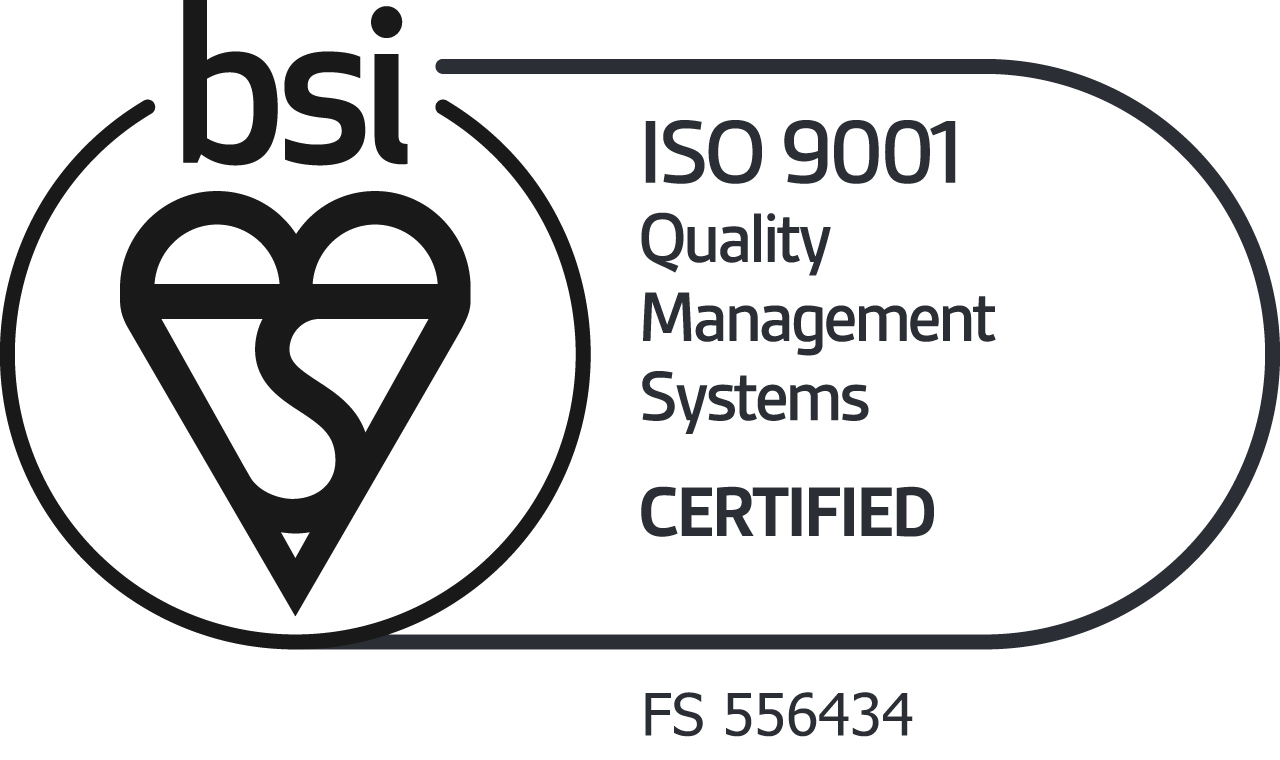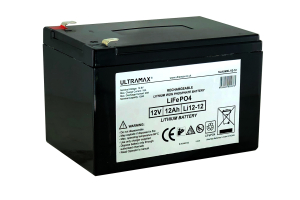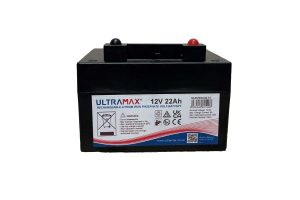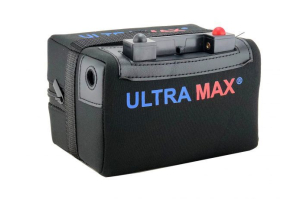Can You Carry a LiFePO4 Battery Charger on a Plane?
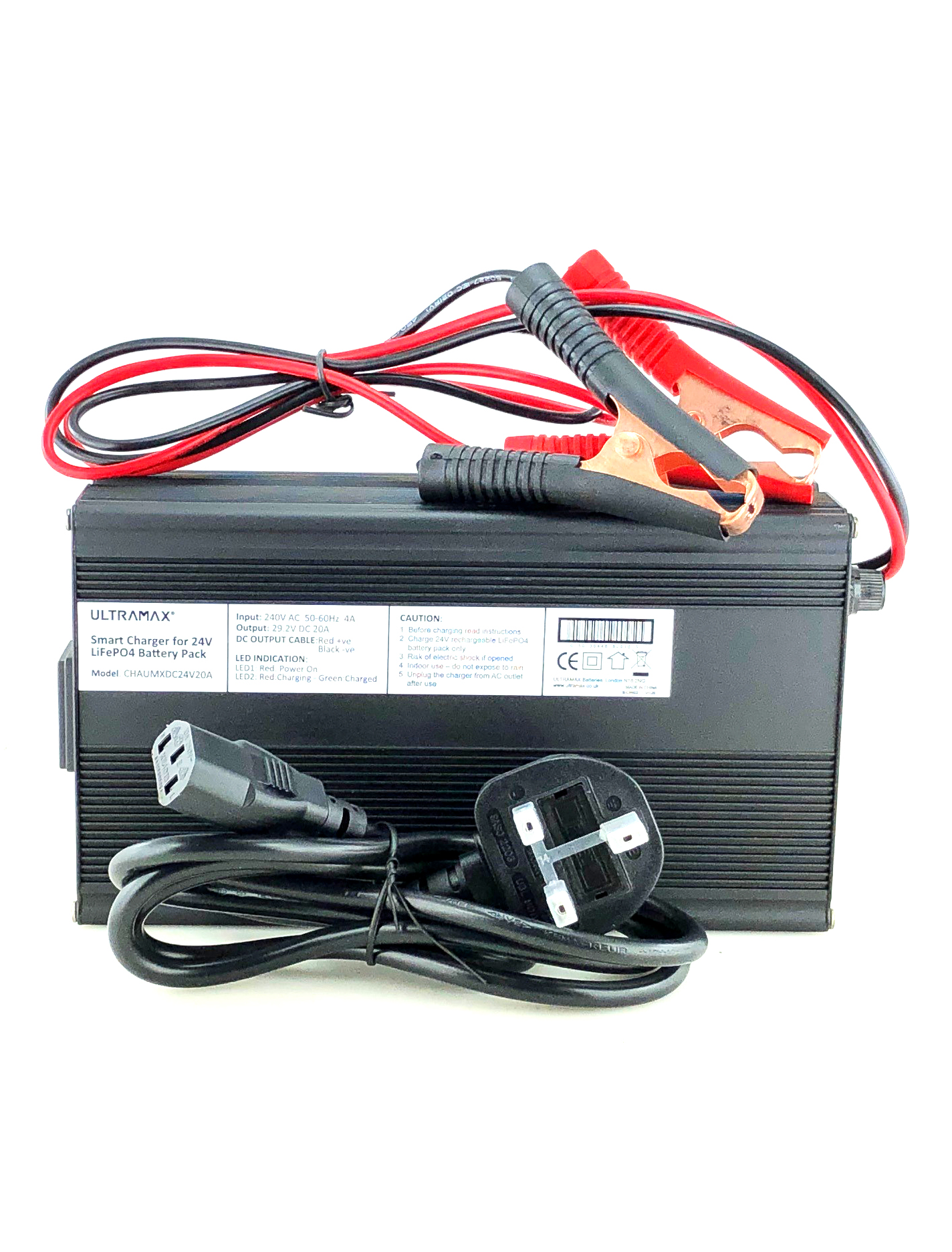
Can You Carry a LiFePO4 Battery Charger on a Plane?
As travelers become increasingly reliant on technology, understanding the ins and outs of airport regulations is crucial. One common query among tech-savvy globetrotters is whether you can carry a LiFePO4 battery charger on a plane. With the rise of electric devices, passenger safety regulations concerning batteries have evolved, leaving many to wonder about the rules surrounding lithium iron phosphate chargers specifically. This article delves into the guidelines you need to know before heading to the airport, ensuring your travel experience remains smooth and hassle-free. Join us as we explore what you can and cannot bring on board, helping you travel smarter with your essential gadgets in tow.
Understanding LiFePO4 Batteries
LiFePO4 (Lithium Iron Phosphate) batteries have gained significant popularity among RV enthusiasts, golfers, and sailplane pilots due to their exceptional safety profile and longevity. Unlike traditional lithium-ion batteries, LiFePO4 batteries offer remarkable thermal and chemical stability, making them less prone to thermal runaway or combustion.
These batteries typically last 2,000-5,000 cycles compared to the 500-1,000 cycles of standard lithium-ion batteries, making them a preferred choice for applications requiring reliable, long-term power solutions. The chemistry of LiFePO4 batteries includes iron, phosphate, and oxygen, which creates a more stable bond than the cobalt oxide used in conventional lithium-ion batteries.
For RV owners, these batteries provide consistent power for extended trips without shore power. Golf cart enthusiasts appreciate their lighter weight and longer runtime, while sailplane pilots rely on them for instrumentation and emergency power systems due to their consistent discharge curve and safety characteristics.
Airline Regulations on Battery Chargers
When it comes to carrying battery chargers on planes, the regulations focus primarily on the batteries themselves rather than the chargers. However, understanding both aspects is crucial:
- Battery Chargers: Generally, standalone LiFePO4 battery chargers without integrated batteries are permitted in both carry-on and checked baggage. These devices are considered electronic equipment and usually face fewer restrictions.
- Batteries: The regulations become stricter when batteries are involved:
- Spare lithium batteries (including LiFePO4) must be carried in carry-on baggage only
- Airlines typically restrict lithium batteries to under 100Wh without approval
- Batteries between 100-160Wh may require airline approval
- Batteries exceeding 160Wh are generally prohibited on passenger aircraft
Most major airlines, including American Airlines, Delta, United, and international carriers like Lufthansa and Emirates, follow similar guidelines based on International Air Transport Association (IATA) recommendations.
TSA Guidelines for Carrying Chargers
The Transportation Security Administration (TSA) has specific guidelines regarding battery chargers and electronic devices:
- Chargers Without Batteries: These can be packed in either carry-on or checked baggage, though carry-on is recommended to prevent loss or damage.
- Chargers With Built-In Batteries: These must follow the same rules as spare batteries and should be in carry-on luggage only, with terminals protected against short circuits.
- Screening Process: Battery chargers will need to be removed from carry-on bags during security screening, similar to laptops and other large electronics.
The TSA PreCheck program doesn't exempt travelers from these battery-related regulations, though it may simplify the screening process for other items.
When passing through security, it's advisable to declare your LiFePO4 charger to security personnel, especially if it's a larger model designed for RV or marine applications, to avoid unnecessary delays or confusion.
International Travel Considerations
International travel introduces additional complexity when carrying LiFePO4 battery chargers:
- Varying Regulations: Different countries may have different restrictions on lithium batteries. For example, Japan and China have implemented stricter regulations following past incidents.
- Documentation: Carrying technical specifications of your charger and batteries can help explain their safety features to security personnel unfamiliar with LiFePO4 technology.
- Voltage and Plug Compatibility: Remember that your charger may require adapters for different electrical systems abroad. Many LiFePO4 chargers accept 100-240V input, but always verify compatibility.
- Language Barriers: Be prepared to explain what your equipment is in countries where English isn't widely spoken. Pictures or diagrams can be helpful.
Safety Concerns with LiFePO4 Batteries
LiFePO4 batteries are among the safest lithium battery chemistries available, which actually simplifies travel considerations:
- Thermal Stability: Unlike lithium-ion or lithium-polymer batteries, LiFePO4 batteries can withstand higher temperatures (up to 350°C compared to 150°C) before experiencing thermal runaway.
- No Cobalt: The absence of cobalt oxide means these batteries don't release oxygen when overheated, significantly reducing fire risk.
- Lower Energy Density: While this means slightly larger batteries for the same capacity, it also translates to enhanced safety during transportation.
- Built-in Protection: Many LiFePO4 batteries include built-in Battery Management Systems (BMS) that protect against overcharging, over-discharging, and short circuits.
This enhanced safety profile is precisely why many airlines are more comfortable with LiFePO4 technology than with older lithium battery chemistries, though regulatory frameworks haven't fully caught up with these technological distinctions.
Packing Tips for Traveling with Battery Chargers
When traveling with LiFePO4 battery chargers, proper packing is essential:
- Protect Terminals: If your charger has exposed electrical connections, ensure they're covered with electrical tape or terminal protectors to prevent short circuits.
- Individual Bags: Store chargers in individual, non-conductive bags to prevent contact with metal objects or other electronic devices.
- Original Packaging: When possible, keep your charger in its original packaging, which often includes product specifications that security personnel may request.
- Accessibility: Pack chargers in easily accessible locations in your carry-on luggage for quick removal during security screening.
- Weather Protection: Use waterproof bags if traveling to humid destinations, as moisture can damage electronic components.
Alternatives to Carrying a Charger
If you're concerned about traveling with your LiFePO4 charger, several alternatives exist:
- Universal Chargers: Consider purchasing a universal charger at your destination. Many electronic stores carry adaptable chargers that can be configured for different battery types.
- Rental Services: In popular RV and golfing destinations, specialized equipment rental services often provide compatible chargers.
- Shipping Ahead: For frequent travelers to the same destination, shipping your charger in advance can circumvent air travel restrictions.
- Local Purchases: For longer stays, purchasing an inexpensive charger locally may be more economical than paying excess baggage fees.
- USB-C Power Delivery: For smaller LiFePO4 batteries (under 20Ah), modern high-wattage USB-C chargers can sometimes serve as adequate temporary chargers.
Common Myths About Battery Chargers on Planes
Several misconceptions exist regarding traveling with battery chargers:
Myth 1: All lithium battery products are dangerous and restricted. Reality: While lithium batteries are regulated, LiFePO4 chemistry is among the safest, and standalone chargers without batteries face minimal restrictions.
Myth 2: You can't pack any type of battery charger in checked luggage. Reality: Empty chargers without built-in batteries can typically go in checked luggage, though carry-on is still recommended.
Myth 3: All international flights ban lithium battery equipment. Reality: International flights follow IATA guidelines that permit chargers and properly rated batteries, though specific airline policies may vary.
Myth 4: LiFePO4 chargers will interfere with aircraft systems. Reality: Properly manufactured chargers pose no interference risk when not in use during flight.
Myth 5: Security regulations are the same worldwide. Reality: Security measures vary significantly by country, with some nations imposing stricter controls than others.
What to Do If Your Charger is Confiscated
Despite proper preparation, confiscations can still occur:
- Request Documentation: Ask for written documentation stating why the item was confiscated and by whom.
- Shipping Option: Some airports offer shipping services for prohibited items rather than confiscation.
- Appeal Process: Major airports have customer service desks where you can appeal decisions if you believe your charger complies with regulations.
- Compensation Claims: If you believe your item was wrongfully confiscated, most transportation authorities have compensation claim processes.
- Learning Opportunity: Use the experience to better understand specific interpretations of regulations for future travel.
Conclusion and Final Tips for Travelers
Traveling with LiFePO4 battery chargers is generally permissible under current aviation regulations, particularly given their enhanced safety profile compared to other lithium battery technologies. To ensure a smooth journey:
- Research Specific Airline Policies: Beyond general regulations, check your specific airline's policy, which may be more restrictive than minimum requirements.
- Arrive Early: Allow extra time for potential additional screening of your electronic equipment.
- Documentation Is Key: Carry specification sheets and manuals that clearly identify your equipment and its safety features.
- Consider Size and Weight: When purchasing a new charger with travel in mind, opt for compact, lightweight models with universal voltage capabilities.
- Stay Informed: Battery regulations evolve regularly; check for updates before each trip.
For RV enthusiasts, golf cart users, and sailplane pilots who rely on LiFePO4 technology, the extra preparation is worthwhile to ensure your power needs are met throughout your journey. With proper understanding and preparation, you can confidently travel with your essential charging equipment and enjoy the benefits of this safer, longer-lasting battery technology wherever your adventures take you.
Remember that while regulations may seem cumbersome, they exist to ensure passenger safety. The good news is that as LiFePO4 technology continues to demonstrate its safety advantages, we may see more specific, accommodating regulations for these particular battery types in the future.
Explore our range of UltraMax LiFePO4 Batteries!


